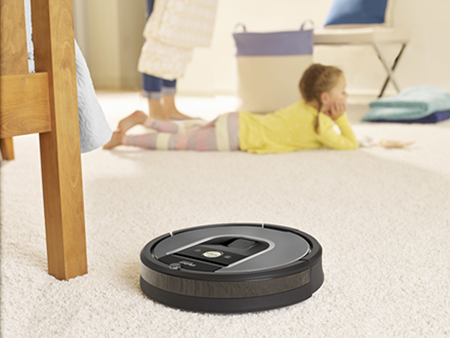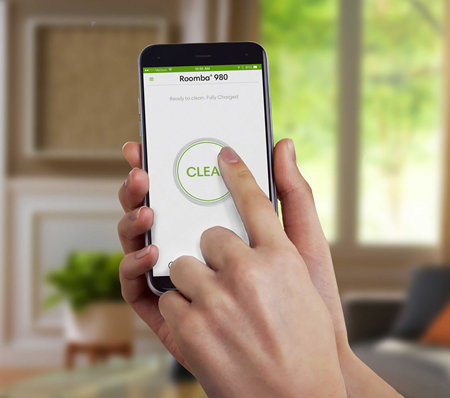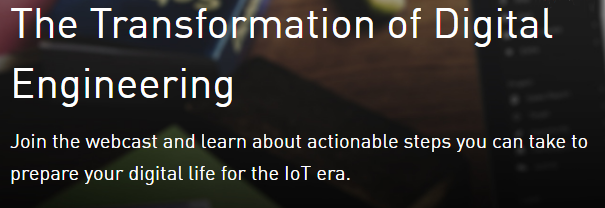Smart, Connected, Affordable: iRobot Is Adapting Product Design to the IoT
In August, iRobot announced the availability of a new Roomba—that disk-shaped vacuum that autonomously cleans your floor while you get on with more interesting projects (like shooting videos of your cats).

iRobot’s newest Roomba 960 design is smart, connected, and more affordable than last-year’s Roomba 980.
The new Roomba 960 includes mapping and adaptive navigation features as well as a cloud-connected app, making the 960 one of the newest “things” in the Internet of Things (IoT). That means you can start and stop the device, schedule and customize your cleanings, and install updates—all from your smart phone.
It’s all very modern, useful, and cool. But the truth is, none of this is new to iRobot.
2015’s Roomba 980 had all those same features. It, too, was IoT-enabled, allowing you to connect the device to your WiFi network and control it from your Android or iPhone.

Both Roomba 960 and 980 designs allow you to program your vacuum with an app on your phone.
What makes the 960 machine stand out is its “more accessible price point.” That is, it costs $200 less than last-year’s model!
For a product developer that should be interesting news. While consumers generally demand the latest technology in new products, they’re not always willing to pay what it costs to produce that technology. And that’s what is so remarkable about the Roomba 960.
In short, iRobot is quickly figuring out how to design smart, connected products, without driving up prices.
Getting Ready for the IoT
There’s no shortage of excitement about IoT these days. Devices fitted with sensors and communication technology are now connecting to the internet at a blinding pace.
According to Gartner, 5.5 million new objects go online every day. Pacemakers, roadways, household appliances—by 2020, you can expect a total of about 21 billion things to be sending information to the cloud.
IoT is unavoidable, especially for those in the business of developing products. But for many, questions remain: Will it require new processes? Bigger budgets? More time?
If you’re not already thinking about how IoT affects your business, you (or your competitors) will be soon.
That’s why iRobot and PTC presented a webcast recently to talk about how to prepare your product development processes for the smart, connected future.
During the webcast, iRobot’s Steve Drzewiczewski discussed how his company saves time and reduces product development costs by breaking down barriers between engineering and operations. PTC’s Kevin Wrenn also joined to help highlight steps iRobot takes to bring more value to engineering, manufacturing, and supply management teams –all as they further prepare for the smart, connected future.
You’re invited
If you’re an engineering manager, a manufacturing manager, or a supplier, this webcast should be especially interesting to you.
In one short hour, you’ll hear how you can better adapt your product development process for IoT, without breaking your budget. Plus there’s a live question and answer period if you still have questions at the end.
Join us for this informative prerecorded webcast. Register and learn more today.
